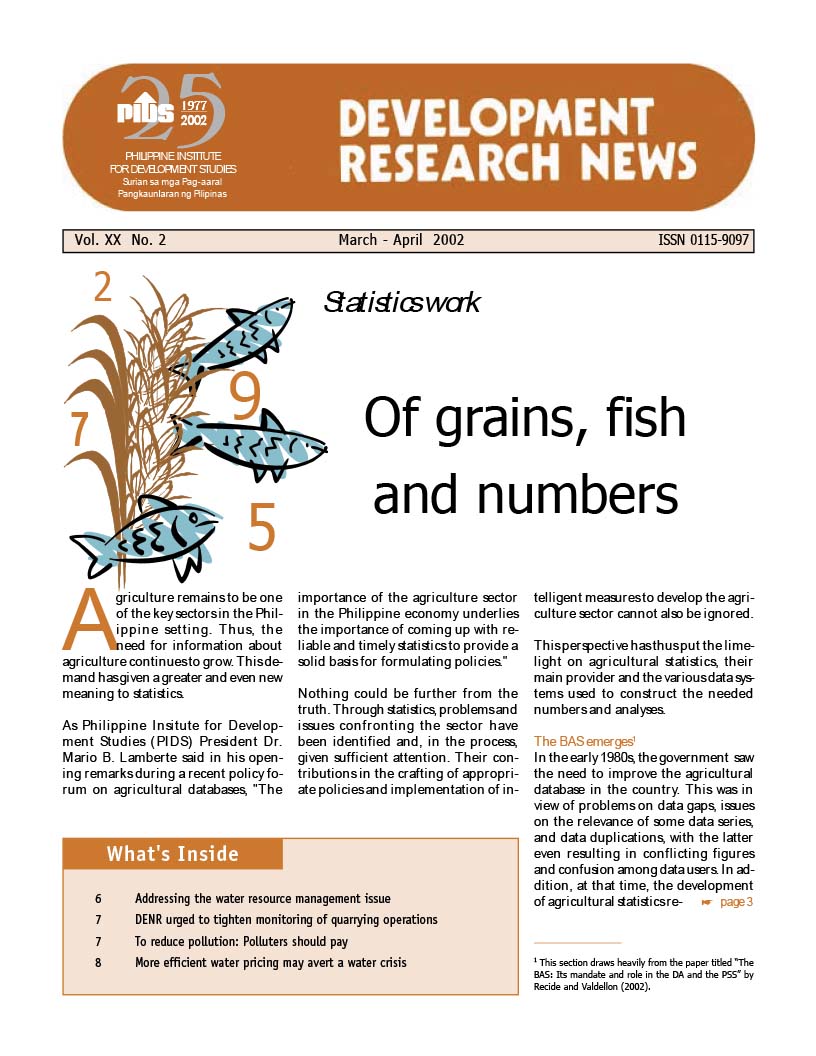THE Aquino administration makes several claims about its Disbursement Acceleration Program, but the one it uses most often to justify the illegal diversion of funds was that the projects it funded stimulated the economy and contributed to growth.
The projects, we are told, were chosen on the basis of their potential impact on the economy.
According to a list provided by the Department of Budget and Management, the government released P144.37 billion from October 2011 to June 2013 for 116 DAP-funded projects.
But how many of these projects actually met the administration’s criteria?
A perusal of the list shows that at least 20 projects worth more than P53 billion–or more than a third of total funding– clearly could not be considered high-impact pursuits with any substantial impact on the economy.
These include:
- P342.53 million for the state-owned People’s Television Network Inc. to support its operational requirements.
- P294 million for a computer network of terminals (thin clients) connected to the Internet and e-learning software for public schools under the Department of Education.
- P250 million for the construction of a legislative library and archive building at the House of Representatives.
- P248.32 million for a security and communication plan for the Presidential Security Group at Malacañang.
- P143.7 million to set up an IT system and hire more litigation experts at the Commission on Audit.
- P100 million to move the Philippine Institute for Development Studies, a state-owned organization, from its present location in Makati.
- P75 million to set up a computer system for the Credit Information Corp., a state-owned company whose mandate is to collect, collate and disseminate credit information.
- P70 million to fund stem cell research by the Lung Center of the Philippines.
- P25 million for the preservation of the Corregidor tourism complex.
- P20.44 million for the restoration and rehabilitation of various historical and state rooms in Malacañang Palace.
- P20 million for the establishment of a national film archive.
- P11.2 million for the operating requirements of 50 agents and 15 state attorneys at the National Bureau of Investigation.
In many other instances, the money was simply used to pay off government debt, including the unpaid obligations to the Government Service Insurance System and Philhealth, or capital infusions to state agencies.
These included a P30 billion capital infusion into the central bank; a P2.79 billion obligation of the Bureau of Customs; and a PP644 million infusion into Philpost for the purchase of its foreclosed property and the payment of mandatory employer contributions to the GSIS and Philhealth.
Beyond the P53 billion in non-impact projects, the government also released P25 billion from the DAP for projects that were vaguely defined as "various local projects” that had been requested by legislators, local government officials and national agencies. The description sounds suspiciously like pork barrel, which has already been struck down as unconstitutional–and the sums are staggering. We certainly do not accept on faith that the billions thus spent on "various local projects” were all legitimate.
In his combative national address last week, President Aquino defended his program, parts of which were struck down as unconstitutional. Although he declined to admit any wrongdoing or even fault, he compared his government’s action to parking in a no-parking zone to save a person’s life.
But we just do not see the urgency of pumping millions of pesos into the state-owned propaganda machine, renovating the Palace, building a national film archive, funding stem cell research, or paying off the debts of one state agency to another. These may well have been legitimate expenses, but they clearly were not so urgent that they could not go through the normal–and legal–legislative budgeting process.
President Aquino is pushing hard to sway the Supreme Court to overturn its 13-0 decision against the DAP, but even his own numbers simply do not add up.
Related Posts
Press Releases
Video Highlights
[No related items]
Infographics
[No related items]


